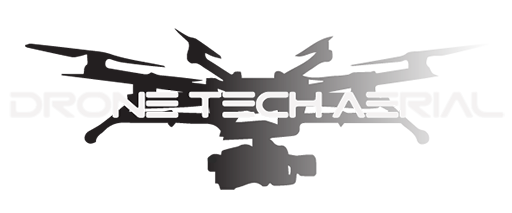Drones have had a significant impact on film and TV production, enabling filmmakers and broadcasters to capture aerial shots and footage that would have been difficult or impossible to obtain using traditional methods. Some of the ways that drones have changed film and TV production include:
- Increased flexibility and creativity: Drones allow filmmakers to capture a wide range of shots and angles, including low-altitude shots that are close to the ground, as well as high-altitude shots that provide a bird’s-eye view of the action. This increased flexibility has opened up new creative possibilities for filmmakers and has allowed them to tell their stories in new and exciting ways.
- Greater efficiency and speed: Using drones for aerial shots can be faster and more efficient than using traditional methods such as cranes or helicopters. This can help to save time and money on location shoots, particularly for productions with tight schedules or budgets.
- Enhanced safety: Drones can be used to capture shots that would be dangerous or impractical for human operators to obtain, such as shots from a moving vehicle or shots over hazardous terrain. This can help to reduce the risk of accidents and injuries on set.
- Improved image quality: Many modern drones are equipped with high-quality cameras and gimbal systems that can capture ultra-high-definition video and high-resolution photos. This has allowed filmmakers to achieve a level of image quality that was previously only possible with more expensive and cumbersome equipment.
Overall, drones have changed film and TV production by providing filmmakers with a new tool that offers a range of creative and technical possibilities. They have enabled filmmakers to capture a wide range of shots and angles and to do so more efficiently and safely, and have helped to improve the overall quality of productions.

